In Photos: Survival of an Ancient Civilization
Human Debris
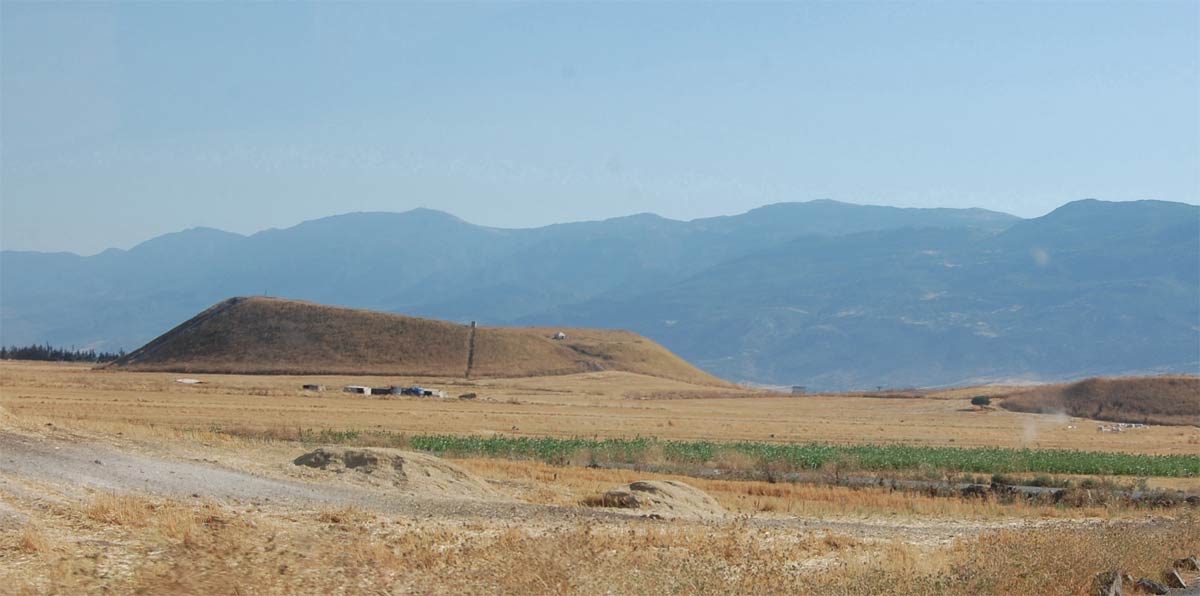
The site of Tell Qarqur in northwest Syria was occupied for nearly 10,000 years. The debris that people left behind accumulated into a human-made mound known as a tell. Archaeologists have determined that 4,200 years ago, at a time when cities and civilizations were collapsing in the Middle East, Tell Qarqur actually grew.
Ancient Fort

The archaeologists discovered part of a fortification or terrace 16 feet (5 meters) below the surface and dating back more than 4,200 years.
Stone Temple
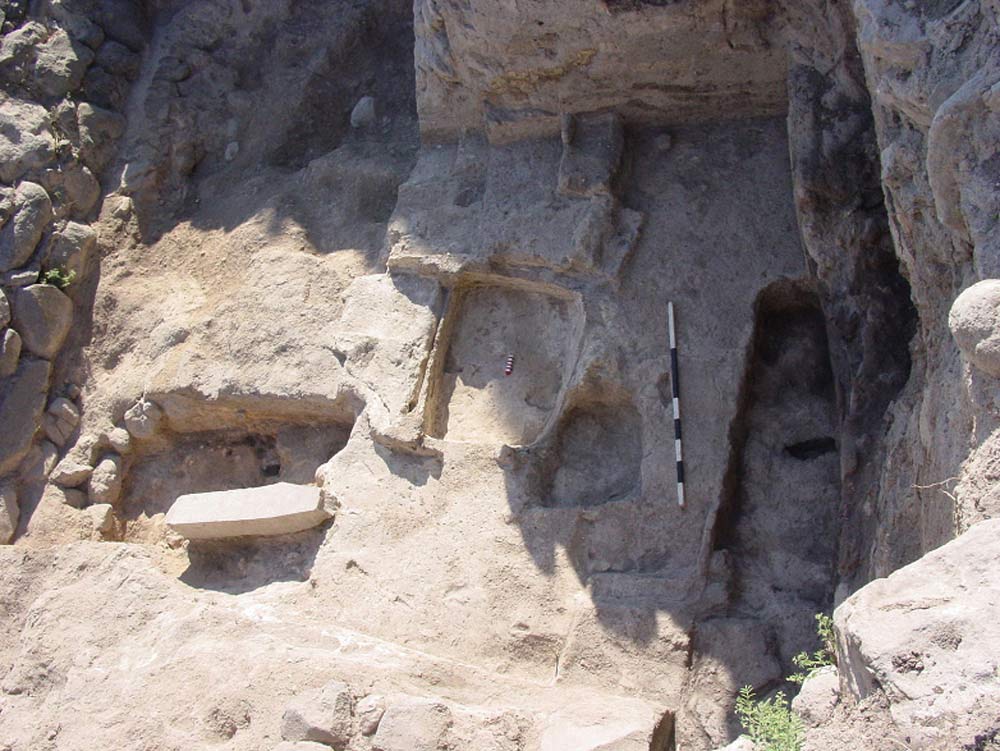
The remains of a 4,200-year-old stone temple or shrine at Tell Qarqur. A smooth, carved, toppled down standing stone can be seen on the left. Several plastered basins, which would have been filled with liquid and used for libation rituals, are also visible.
Cult Stand

A cult stand, which may have held incense, was found inside the 4,200-year-old temple.
Female Figure
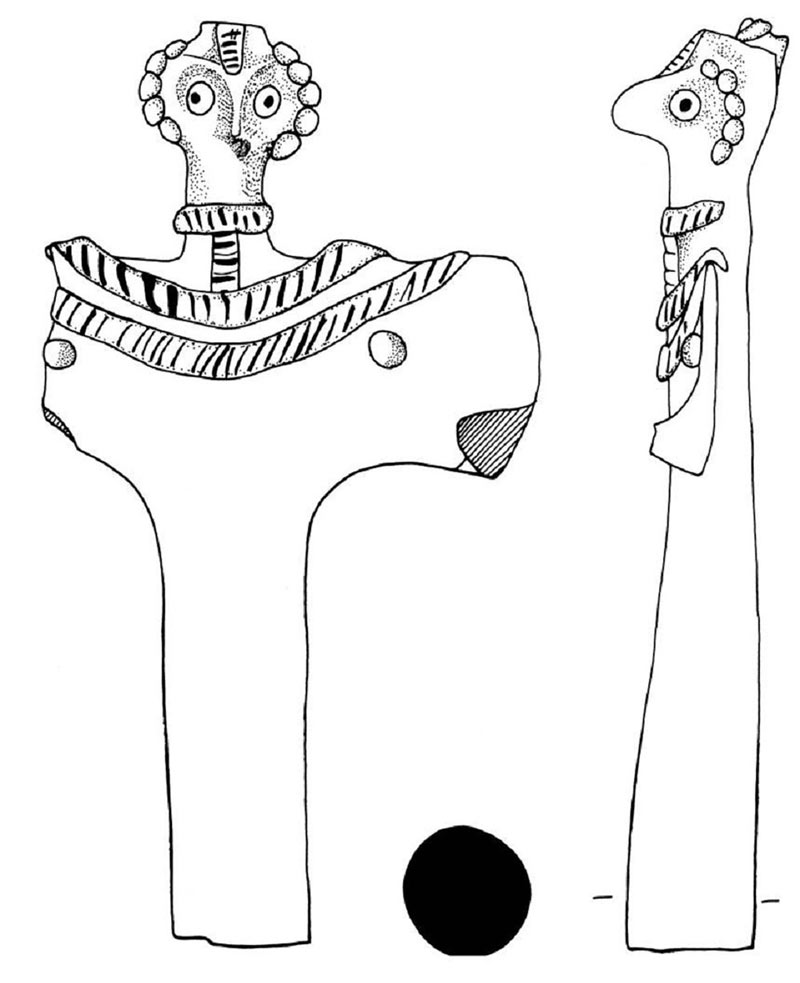
Inside the temple, archaeologists uncovered decorative female figurines, with bird-like features. They are now on display in a museum in Syria, and the team released an illustration of them.
Burning Incense
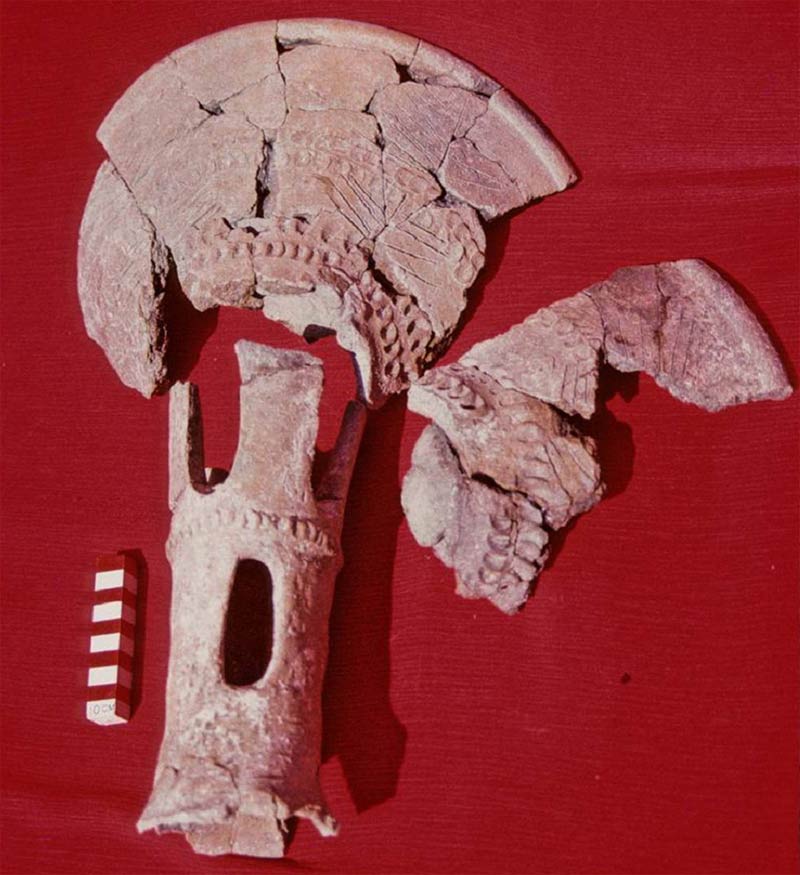
An incense burner discovered at the temple.
Fire Scars
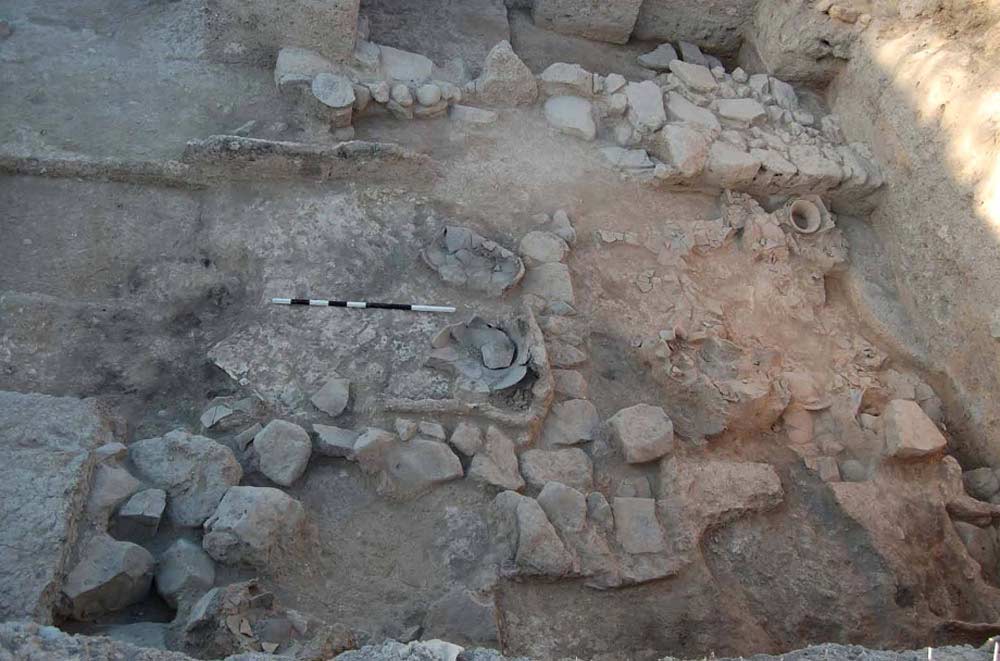
A series of houses found at Tell Qarqur appear to have been burnt, though archaeologists aren't certain if this was accidental or done deliberately by attackers.
Get the world’s most fascinating discoveries delivered straight to your inbox.
Go Geometric

This jar, marked with geometric motifs, dates back to around 4,200 years ago, and represents many ceramics that were created in the city during this time.
Iron Gates
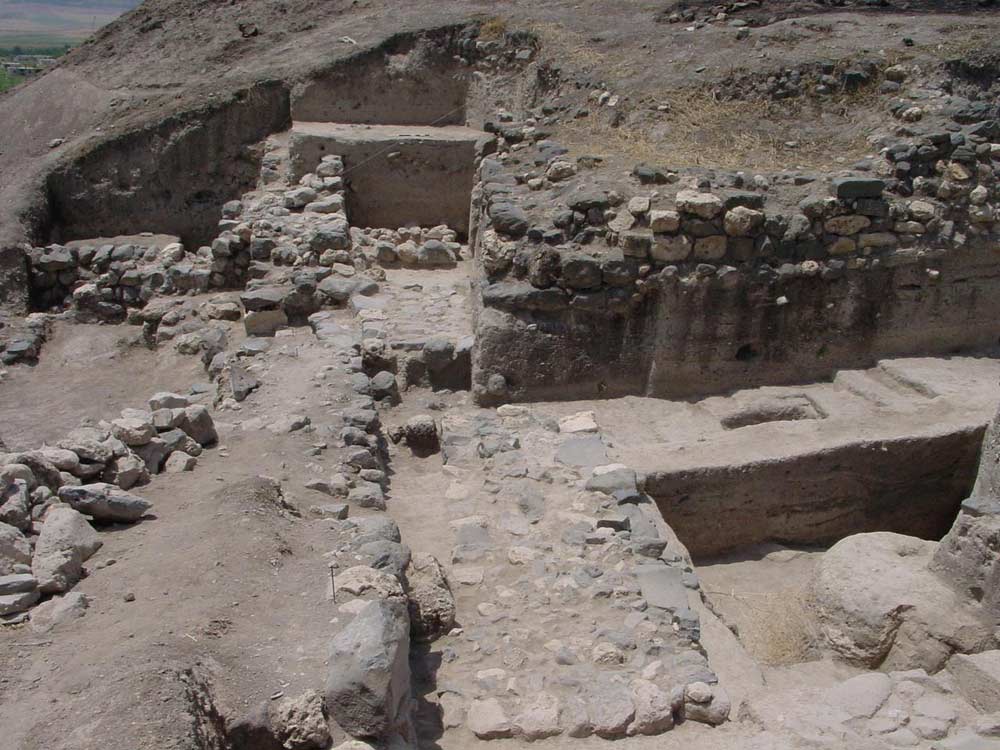
The site of Tell Qarqur continued to be occupied long after the Middle East collapse ended and cities in the region were rebuilt. This gateway dates to the Iron Age, more than 2,500 years ago. It was built on top of structures that date back to the collapse, 4,200 years ago.



